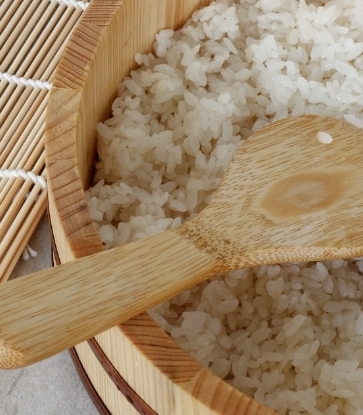
White Sauces



Brown Sauces


Get to know the 5 sauces so integral in the French (culinary) Revolution.
Chef Louis Han of MICHELIN-Starred NAE:UM shows us how to blend heritage Korean flavours with fine cognacs by Martell.
Phoget other recipes—here’s how you can make a simple Hanoian pho at home, MICHELIN-style, just like at the popular Phở Bò Ấu Triệu in Hanoi.
A perfectly roasted chicken with an irresistible aroma has always been the highlight of any gathering. Chefs Lanshu Chen and Raymond Fang of Le Côté LM share their secrets to mastering French roasted chicken(poulet rôti)—from picking the perfect chicken to stuffing tips and roasting dos and don’ts!
No green thumb? No worries. You can still nail a ‘literally green’ recipe that’ll have your taste buds thriving.
Chef-proprietor Aidan Low of MICHELIN-Selected restaurant Akar in Kuala Lumpur unearths a host of native Malaysian gems, inviting diners to marvel at uncommon ingredients of the country's indigenous culinary landscape.
For Yoshio Sakuta of the eponymous one-MICHELIN-Starred Sushi Sakuta, shari — or vinegared rice — acts as both the physical and culinary foundation of a good piece of sushi.
From Eel Rice Bowl to Udon: Loveurth's Bold Vegan Creations
Nine MICHELIN chefs from all over Asia share what their top songs are when in the kitchen. Give them a listen!
Knife techniques can change the flavour of food. What is the essence of this delicate skill when it is honed to its finest edge?
Here's how to tell oysters from the US, France and Australia apart.
Carved into lanterns, fashioned into fairytale carriages, or baked into delicious pie, learn more about the humble yet versatile pumpkins and squash and find out how they are served in MICHELIN restaurants around Singapore.
Today's spotlight are signature dishes that give you a happy little boost for your brain!
Mini in size but mighty in flavour, capers are intrinsic to a myriad of cuisines and have grown for thousands of years around the Mediterranean, North Africa, and more recently, Southern Australia.
Chef Gabriel Kreuther explains how he cooks with alcohol—especially wine—at two MICHELIN star restaurant in New York City.
Every year, 1 June is marked as World Milk day. Whether you're lactose intolerant or simply looking for new flavours, here's what you can look out for.
Chef Aitor Jeronimo Orive of MICHELIN-starred Basque Kitchen shows how it’s possible to achieve the perfect doneness and char with a Teka SteakMaster home oven.
What’s on the walls in the kitchens of MICHELIN star restaurants? Take a peek at the motivational words and golden rules that shape the culture of a kitchen.
















